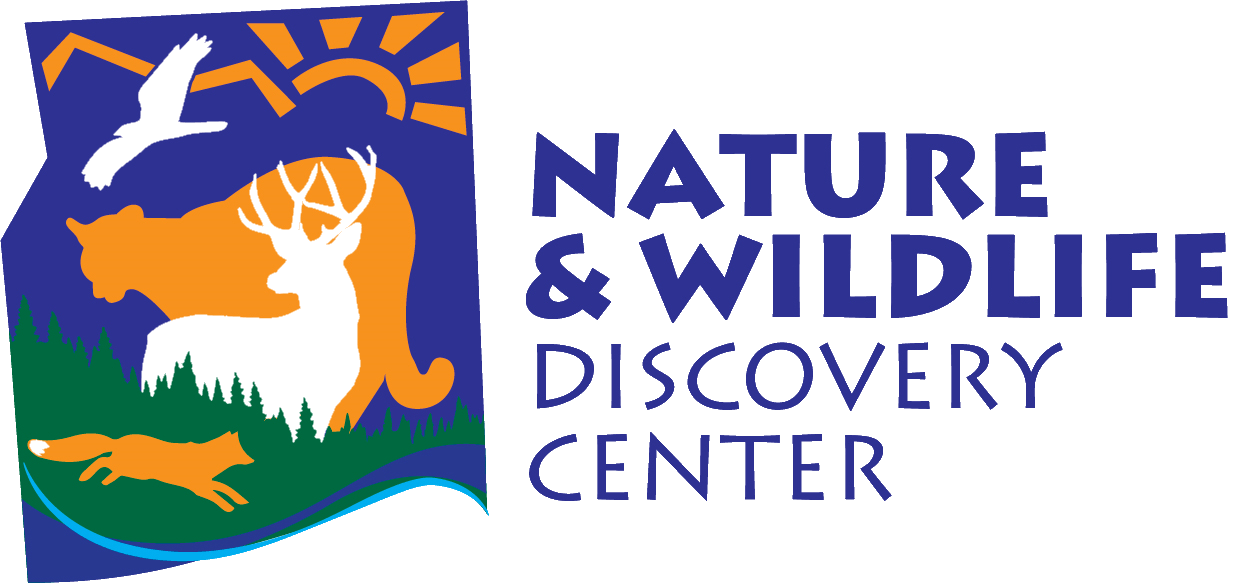Locations
River Campus
Your Urban Nature Escape
Nestled along the banks of the Arkansas River, the River Campus is a natural oasis within the city of Pueblo. Visitors can enjoy walking and biking along the American Bicycle Trail System, fishing the Arkansas River headwaters, and observing native wildlife. The River Campus blends recreation, conservation, and education, offering a space to explore nature without leaving town.
Park Hours
- 6:30 AM – dusk, until further notice
The River Campus may temporarily close due to inclement weather. Visitors should check local conditions before traveling.
Please do not leave valuables in parked cars.
Amenities & Facilities
- Restrooms are available Monday – Friday, 8:00 AM – 3:30 PM, and park open-dusk on Weekends.
- Porta-potties available at all other times
- Bike and pedestrian access to the Pueblo River Trail
- Shaded picnic areas and open green space
River Campus Building
The River Campus building serves as an office and educational hub for multiple weekday programs. Currently, it is not open to the public unless rented, as we work to re-envision the space to better meet sustainability goals and organizational needs.
Fishing & Water Safety
The Arkansas River is a popular fishing destination, tubing, and boating. Visitors who plan to utilize the River are encouraged to review
Colorado Parks & Wildlife fishing regulations and water safety guidelines before heading out.
Read CPW Fishing Regulations & Water Safety
Important: Due to the river’s dynamic nature, there may be
occasional park closures due to high water.
Home to the Raptor Center
The River Campus is also home to
Colorado’s only dedicated raptor rehabilitation center, where injured and orphaned birds of prey receive expert care.
- Injured or orphaned bird intake: Open 7 days a week, 10 AM – 4 PM
- Public and private tours: Available twice a month — check our Event Calendar for upcoming dates
Learn More About the Raptor Center
Mountain Campus
Pueblo Mountain Park
A
611-acre public mountain park,
owned by the City of Pueblo and managed by NWDC, Pueblo Mountain Park is a historic outdoor recreation and education site.
One of the first city-owned mountain parks in Colorado, it was
purchased in the 1920s and developed in the 1930s, featuring
WPA-era stone structures and historic trails.
The park serves as a gateway to
San Isabel National Forest, offering diverse
trails, wildlife habitats, and scenic landscapes. Visitors can enjoy
self-guided outdoor recreation or participate in
guided nature programs led by NWDC.
Park Hours
- 6:30 AM – dusk, year-round
Road conditions can vary due to snow, ice, or heavy rain, particularly in winter and early spring. After severe weather, access may be limited. Visitors should check local conditions before traveling.
Park Amenities
- Pit toilets located throughout the park
- Multiple picnic sites for visitors
- Bear-proof trash cans to protect wildlife
- Water availability: Potable water is available during office hours at the Horseshoe Lodge. Visitors are encouraged to bring their own water.
Horseshoe Lodge Visitor Center
- Open Monday – Friday, 8 AM – 4 PM
- Visitor center, restrooms, and a water bottle refill station are available during office hours
Explore Our Trails
- Devil’s Canyon Trail – 1.4 miles, a shaded, scenic hike following a seasonal stream
- Mace Trail – 1.3 miles, climbing through diverse ecosystems
- Tower Trail – 1.06 miles, leading to the historic 1937 Fire Tower, the highest point in the park at 7,400 feet
- Northridge Trail – 2.2 miles, the longest trail in the park, connecting to San Isabel National Forest
- Carhart Trail – 1.8 miles one way, 3.6 miles out and back. This is the only trail in the park open to mountain bikers and is closed to horses. All other trails are open to foot traffic, including horseback riders.
Come for the Park, Stay for the Community
Beulah Valley is a
small but welcoming town with a
thriving art community and local spots to fuel up before or after your adventure. Make a full day of your visit by combining your time on the trails with small-town charm and local craftsmanship.
- Stock up for a picnic or grab trail snacks at the Beulah General Store
- Enjoy a meal or coffee at Beulah Inn or Stomping Grounds Coffee Shop
- Explore local history and art at
Dotson Cabin, Beulah Valley Pottery, vintage finds at The Market, and Cecolores & Company Art Gallery
For More Details
Explore our website to learn more about
programs,
lodging, and
events, or give us a call at
(719) 485-4444.
Stay at the Lodge

The Horseshoe Lodge and Retreat Center is located in our Mountain Campus. Originally built in the 1930s by Work Progress Administration crews, it is on the National Register of Historic Places and in recent years, it has been lovingly and tastefully renovated. It is now a four-season eco-lodge, surrounded by hundred-year-old ponderosa pines and 8+ miles of trails. The Horseshoe Lodge is the perfect place for groups of all kinds to retreat into the beauty and simplicity of nature.
